At the nZEB Expo Bucharest, we had the opportunity to see an innovation in the field of construction: the 3D home printer. Magda Opriș from WOP 3D explained the technology behind this building process, from the materials used to the ventilation and insulation system. Watch the video at the end of the article.
A 25 m² wall built in 6 hours by the 2-person printer
The construction process with this technology was exemplified by building a portion of a wall with all the necessary layers included in a few hours. The resulting wall comprises four essential layers in a single operation: exterior plaster, ventilated facade, insulated masonry and interior plaster. The material used is a clay-based mixture enriched with marble dust, hydraulic limestone, sand, additives and synthetic fibers.
The wall includes insulation and ventilation cells. Thermal insulation cells provide superior thermal insulation of the walls. The special voids left by the layers of material can be filled with environmentally friendly materials such as cellulose, plant fibers or hemp. Ventilation cells allow continuous air circulation so that the fluid material molded by the printer dries in a short time. Ventilation cells also prevent moisture build-up and ensure a healthy indoor environment.
This non-structural wall can also be integrated into timber-framed buildings. The 3D-printed modules are designed with special recesses to envelop the wooden studs, providing an ingenious hybrid solution. To prevent potential problems with moisture absorption, the wooden poles are encased in special membranes to protect them.
Perhaps the most impressive aspect of this technology is its labor efficiency. Magda Opriș explained that only two people are needed to operate the 3D printer: an operator who coordinates the machine and a material handler. This represents a significant reduction in manpower required compared to traditional construction methods.
The 3D printer is not just used to build walls for houses. With the right program it can build various objects. One very useful application is for building street furniture. At nZEB Expo fair the construction of an outdoor bench was exemplified. The modern and unique design was well received by the visitors.
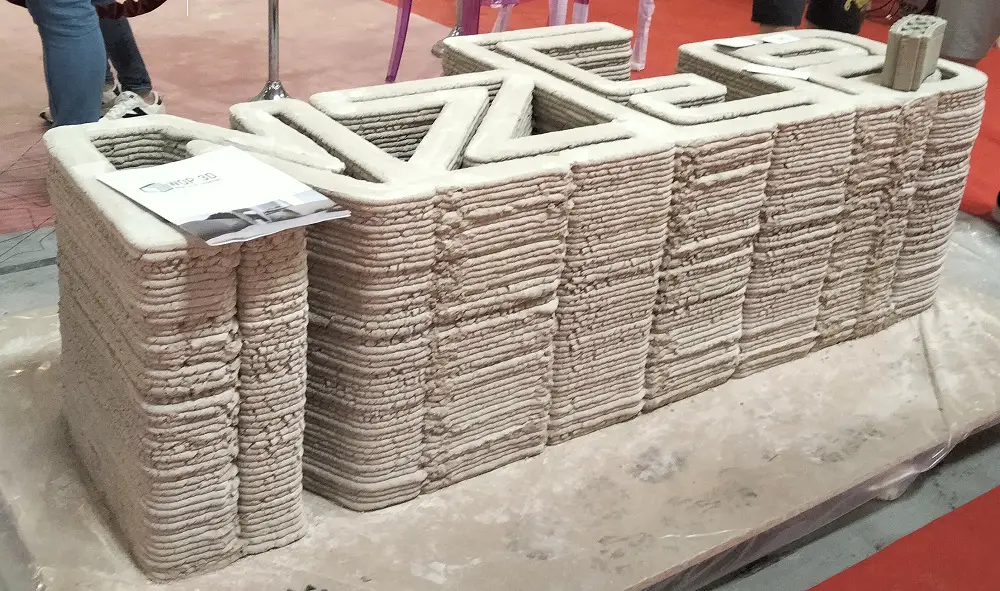
WOP 3D - Creative architecture and building innovation
WOP 3D is a pioneering Romanian company dedicated to transforming the construction landscape through advanced 3D printing technologies. Through innovation and a commitment to sustainability, the Alba Iulia-based company aims to not only build houses, but to redefine the way they are created, offering fast, efficient and affordable solutions.
Utilizing Crane WASP The Infinity state-of-the-art 3D printer, WOP 3D brings new options to the construction industry. This revolutionary printer is a collaborative modular system, inspired by traditional cranes, adapted for digital fabrication. Crane WASP The Infinity is distinguished by its versatility, with a main printing unit that can be configured in a variety of ways to meet varied architectural needs. With an impressive print area of 8.2 meters in diameter and up to 4.2 m in height per module, the printer can build important structures efficiently and effectively.
Benefits of 3D printing
WOP 3D positions itself in Romania as a pioneer in the 3D printing construction industry. Using cutting-edge technologies, it promises to deliver not just homes, but a sustainable future for all. The confidence in this innovative technology is backed by the benefits that accompany it. Here are just some of them:
Construction speed. 3D printing can significantly speed up the construction process. Entire structures can be printed in days or even hours, compared to weeks or months with traditional methods.
Reducing Costs. The technology can cut costs by reducing the manual labor needed and using less material. Projects have demonstrated significant savings, with materials for some 3D printed houses costing considerably less than traditional materials.
Durability and safety. 3D-printed structures can be designed to be robust, with some being fire resistant or able to withstand extreme weather conditions such as hurricanes.
Accessibility and social impact. By reducing construction costs and time, 3D printing can help solve housing shortages and provide affordable housing solutions, especially in disadvantaged communities or disaster-affected areas.
In conclusion, the 3D printing technology presented by WOP 3D promises multiple advantages and benefits such as speed of execution, high thermal efficiency of the houses thus built, humidity control, cost reduction, possibility to use environmentally friendly materials, durability, accessibility and reduced labor requirements.
See below the video presentation of the 3D printer at nZEB Expo Bucharest.

























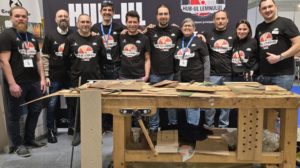
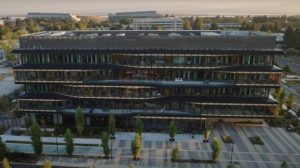

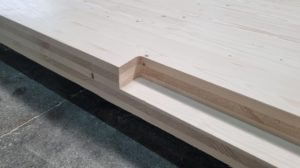
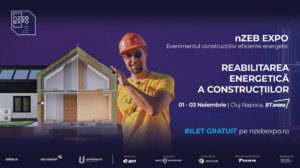
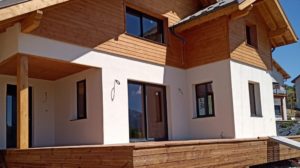





Add comment